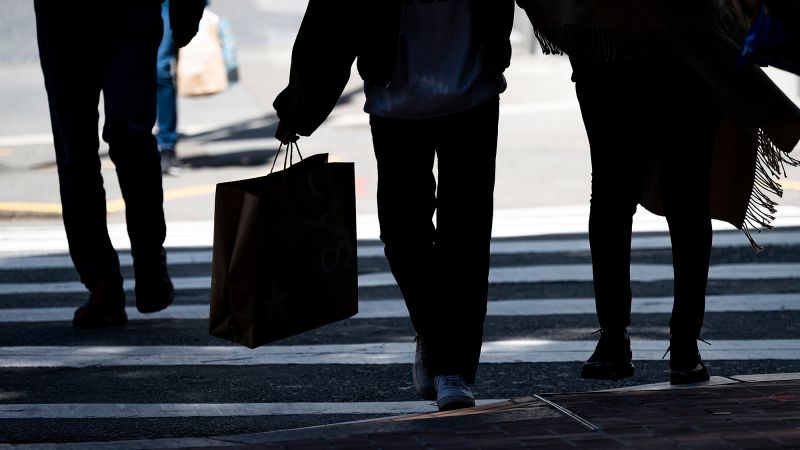The likelihood of a recession in the US may be increasing, but this does not guarantee an inevitable severe economic downturn. Despite this, markets have been unsettled, and consumer and business confidence have been shaken, particularly after President Donald Trump acknowledged the possibility of such an event. Cabinet members have also indicated that a “detox period” is approaching, suggesting that the administration’s extensive policies, including high tariffs, mass deportations, and significant reductions in federal employment and spending, would be “worth it,” even if they lead to a recession.
Research indicates that recessions can have profoundly negative effects on individuals, businesses, and communities that are not only long-lasting but, in some cases, irreversible. John Harvey, professor of economics at Texas Christian University, stated in an interview with CNN, “What do we get from recessions? We get unemployment, we get lower incomes, we get debt default, we get increases in alcohol and drug abuse, psychological problems.”
While no two recessions are identical, they share common characteristics according to the International Monetary Fund: they last approximately a year; economic output, consumption, and trade activity decline; unemployment rises; housing and equity values erode; financial markets experience turmoil; and inflation slows amid reduced demand.
Typically, lower-income individuals are hit hardest, and existing disparities widen, explained Elise Gould, senior economist at the Economic Policy Institute. “Disproportionately, it tends to be those most historically disadvantaged workers that are more affected in a bad labor market, and they experience much higher rates of unemployment,” she said.
The effects can be especially damaging and long-lasting for people entering the labor market during a recession, including recent graduates and middle-aged workers, noted Hannes Schwandt, a health economist and economic demographer who has closely studied these outcomes. For example, during the 1981-1982 recession, labor market entrants experienced short-term wage reductions, which were even more pronounced for non-White workers, and suffered poorer economic, social, and health outcomes in the decades that followed.
In addition to lower long-term earnings, “you see lower marriage rates, higher divorce rates, lower-income spouses” and fewer children, Schwandt said. “And then in the mid-30s to late 30s, we start to see health impacts arise, disability rates increase and then we even see mortality rates increasing.” “The lifespan is shorter for those cohorts,” he added.
Recessions have been shown to set back workers’ earning potential for years, Gould said. Laura Natale, who graduated in May 2008, faced a labor market where hiring was at record lows. She defaulted on her student loans and struggled financially for years. Nearly 17 years later, Natale has a good job, but the remaining student loan debt still looms large, and the effects of the Great Recession still linger.
The Great Recession was so deep and the financial crisis so significant that it took years for the economy to fully rebound. The wave of cutbacks being made and proposed at the federal level could ultimately weaken the very programs designed to help people in times of need, Gould said.
The current austerity approach being undertaken by the Trump administration could pose problems for both current economic health and the ability to recover if things worsen, Harvey said. “Everyone’s focusing on the trade, the tariffs; but to me, the far scarier thing is cutting all this government spending,” Harvey said. “It’s almost like a cupping and bleeding kind of medicine from the Middle Ages — that we need to suffer to end up with some sort of positive outcome.” And he added, “Suffering just creates suffering.”
— news from CNN
